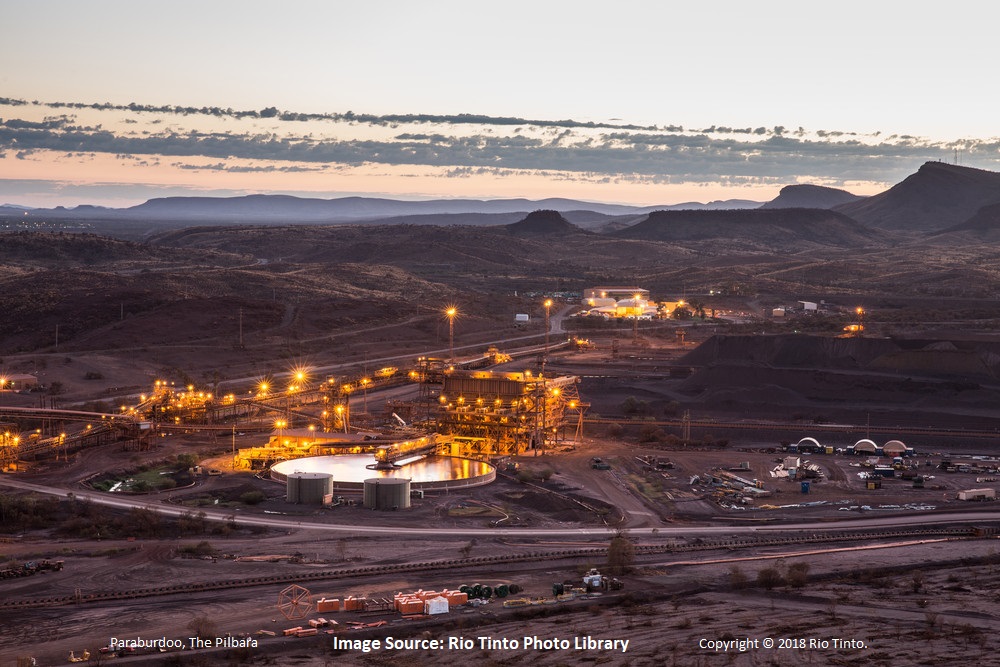Rio Tinto announced an A$1 billion investment at its Western Turner Syncline Phase 2 (WTS2) iron ore mine in the Pilbara, Western Australia. The amount includes the construction of a 13 km long conveyor system that will help lower greenhouse gas emissions from the mine by 3.5% compared to road haulage.
Giles Parkinson says in an article in RENEW ECONOMY that Rio Tinto spokespersons referred him to the miner’s earlier report titled “Our approach to climate change, 2018,” which spoke about the use of solar, wind and battery storage as renewable options under consideration for the Pilbara iron ore operations.
According to the report, renewables such as solar, wind, and battery storage had the potential to abate the miner’s Scope 1 and 2 emissions by up to 10% at its Pilbara iron ore operations, the Oyu Tolgoi copper and gold project in Mongolia, and its bauxite operations.
Rio Tinto has adopted small-scale solar demonstration projects across more than 20 of its sites, invested in a 1.7MW solar PV plant at the Weipa bauxite operation, and a 9.2MW wind farm at the Diavik mine in Canada.
Rio Tinto also said in its Pilbara investment announcement that “the business is continuing to assess additional options to reduce emissions including renewable energy solutions.”
Read Rio Tinto’s announcement HERE.
Read the RENEW ECONOMY article HERE.
Image Source: Rio Tinto Photo Library

